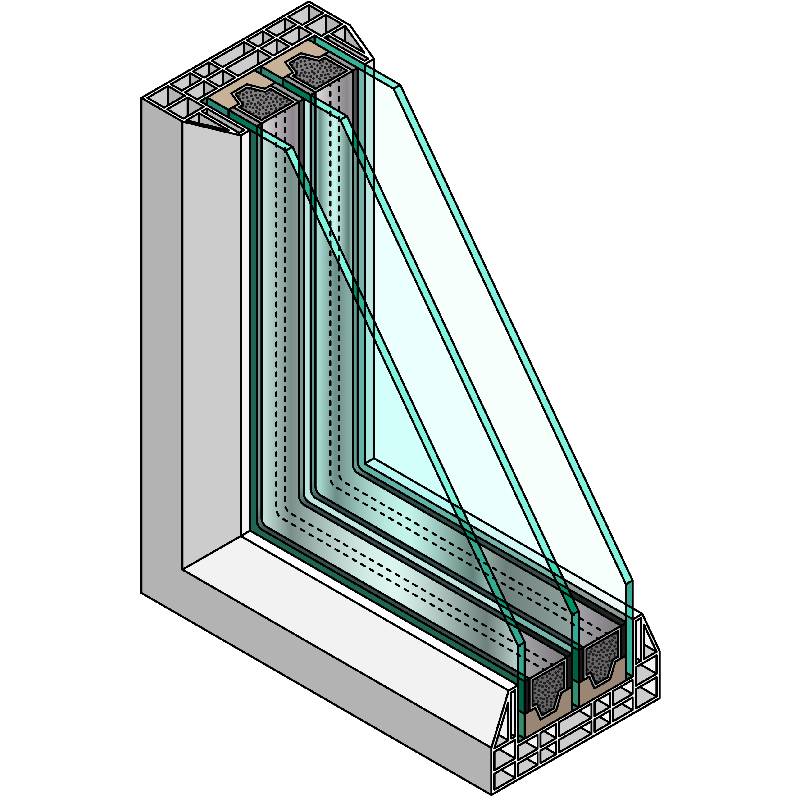

Understanding the Price of 4mm Clear Float Glass Factors and Trends
Float glass, a type of glass that is produced by floating molten glass on top of molten tin, has become a staple in various architectural and construction projects. Among different thicknesses of float glass, 4mm clear float glass is particularly popular due to its versatility, strength, and aesthetic appeal. As industries continue to expand, understanding the pricing dynamics of 4mm clear float glass is crucial for architects, builders, and homeowners alike.
What is 4mm Clear Float Glass?
4mm clear float glass is a transparent, flat glass that is produced through a process wherein raw materials are melted and floated on molten tin. This results in a high-quality glass with a perfect surface finish, making it ideal for windows, doors, glass facades, and interior applications. The 4mm specification indicates the thickness of the glass, making it suitable for various applications where strength and clarity are required.
Factors Influencing the Price
1. Raw Material Costs The primary materials used in the production of float glass include silica sand, soda ash, and limestone. Fluctuations in the prices of these raw materials can directly impact the overall cost of the glass. For instance, when the price of silica sand increases due to supply chain issues or higher demand, glass manufacturers may pass on these costs to consumers.
2. Production Costs The process of manufacturing float glass is energy-intensive, requiring significant amounts of heat and power. Variations in energy prices can influence production costs. In many regions, energy prices have been on the rise, which can lead to increased prices for consumers.
3. Transportation and Logistics The cost of transporting glass from manufacturing facilities to retailers or construction sites can vary significantly based on location, fuel prices, and logistics. Increased transportation costs, often due to spikes in fuel prices or supply chain disruptions, can further raise the market price of 4mm clear float glass.

4. Market Demand The demand for float glass can fluctuate depending on construction activity, architectural trends, and consumer preferences. A surge in construction projects or an increase in demand for energy-efficient buildings can lead to higher prices. Conversely, during economic downturns, demand may decline, potentially leading to price decreases.
5. Competition The competitive landscape plays a significant role in pricing. Multiple manufacturers may drive prices down as they compete for market share. Additionally, the emergence of new technologies and alternative materials can impact the float glass market by either intensifying competition or creating new pricing pressures.
Market Trends
Current market trends indicate a steady demand for 4mm clear float glass, particularly in the construction and renovation sectors. The push for energy efficiency and sustainable building practices has led to an increased interest in advanced glazing solutions, which may affect the pricing dynamics. However, as building standards continue to evolve, manufacturers are investing in improving their production processes, which may help stabilize prices in the long term.
Moreover, the escalating focus on sustainability is reshaping the glass market, with more companies looking to incorporate recycled materials into their products. This trend could potentially affect the pricing structure, with recycled glass often being a cost-effective alternative, influencing the overall market for new float glass.
Conclusion
In summary, the price of 4mm clear float glass is influenced by a multitude of factors, ranging from raw material costs to market demand and production expenses. As the construction industry continues to evolve, understanding these dynamics can help stakeholders make informed decisions. Whether you are a homeowner considering new windows or an architect designing a striking façade, awareness of these pricing trends is essential in navigating the glass market effectively. Keeping an eye on industry developments will better equip you to forecast future costs and make strategic choices in your projects.